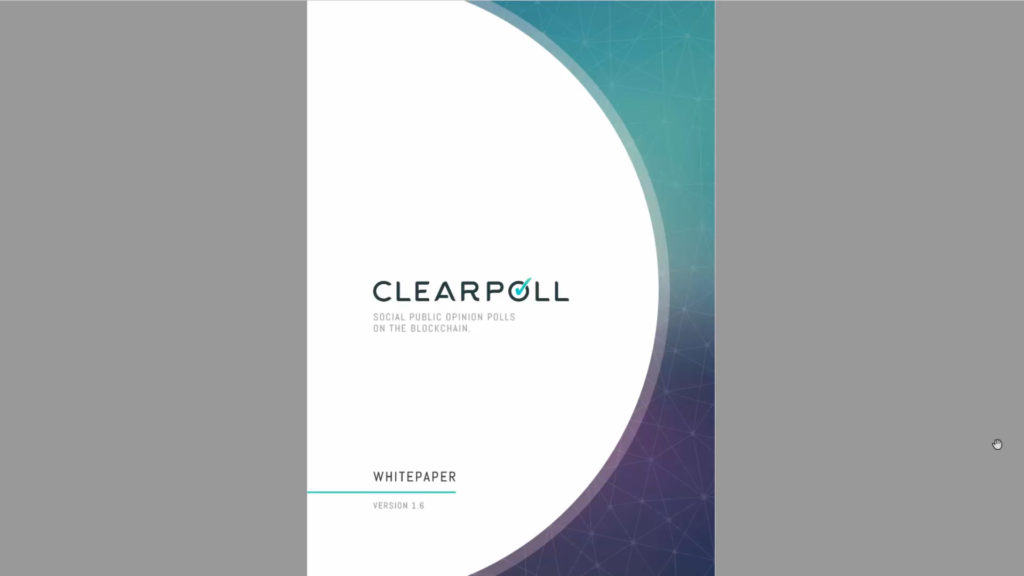Every white paper has a title, just as every book has a title. If you want people to read your white paper, give it a strong title.
A strong title tells your target reader who your white paper is for, what your white paper is about, and why the reader should read it.
Let’s look at some white paper titles to learn some lessons about what to do—and what not do—when naming your white paper.
White papers tend to be long documents, so anything you can do to communicate that your white paper is a quick read might be a good idea. I say “might be a good idea,” because not all subjects can be covered in a quick read.

Here is a white paper from SalesForce. Note the numeral at the beginning of the title, “Six keys to sales & marketing alignment.”
Now I just said that a strong title tells your target reader who your white paper is for, what your white paper is about, and why the reader should read it. So, let’s look at this title. This white paper is likely aimed at sales and marketing managers, or their supervisors. But you can’s be sure. The writer could have made that more specific and clear with a subtitle, like this: “Six keys to sales & marketing alignment: A guide for CEOs.”
What’s this white paper about? Sales and marketing alignment.
Why should the target reader read it? What benefit does the white paper offer? You should read the white paper to understand SIX KEYS to sales & marketing alignment. That’s six essentials, six best practices.

Next, try to put your keywords at the front of your title, not at the end. Check out this white paper from Cisco. It’s called Networking and your competitive edge. The keyword here is “networking.” Cisco is in the networking business, and their readers are in the networking business. So networking is a vital keyword for Cisco to include in the title of their white paper.
The advantage of putting this keyword at the start of their white paper is that readers see the keyword first. The keyword is more likely to grab their attention if they are skimming a webpage and see the title of this white paper.
Putting the keyword at the front of the title also helps online if this white paper appears in search results. If the keyword is at the start of the title, it appears as the first word in search results. If this keyword is placed at the end of the title, it may get truncated and be invisible.

See what I mean by looking at the title of this white paper from LinkedIn: “The sophisticated marketer’s guide to content marketing.” The keyword here is “content marketing.” But they have placed this keyword at the end of the title. It’s the last thing you read as you read the title. And it won’t appear in search results. It will get truncated.
They could have placed this keyword at the beginning of their title, like this: “Content marketing: A guide for sophisticated marketers.”

Next, consider giving your white paper a subtitle. Sometimes, you can’t tell your target reader who your white paper is for, what your white paper is about, and why the reader should read it all in your title. Sometimes you need a subtitle as well.

In this white paper from DocuSign, the company has used a title and a subtitle. The title tells you what the white paper is about: Digital transformation. “How Digital Transformation Gives Growing Businesses the Agility Advantage.”
The subtitle tells readers why they should read the white paper: “3 Ways Growing Businesses Use Digital Workflow to Boost Productivity and Cut Costs.” Boosting productivity and cutting costs are benefits. Getting those two benefits into the title wouldn’t have worked, because the title is a bit too long already. So creating a subtitle makes sense here.

Don’t simply call your white paper a white paper. Here is a white paper from a company called Atomz. They don’t bother giving their white paper a strong title. They just put their company logo at the top and call the document a white paper. Not very effective.
And don’t take your company brochure and simply rename it a “white paper.” Here, for example, is a company brochure disguised as a white paper. It’s from Cleapoll. It’s called “Social public opinion polls on the blockchain.” That sounds like a white paper title. But when you start reading the white paper, you quickly discover, on page three, that this is a company capabilities brochure masquerading as a white paper.

Don’t do this. Remember, a white paper is a persuasive, authoritative, in-depth report on a specific topic that presents a problem and provides a solution. It is impartial, unbiased. It doesn’t sell. It tells.
Now in some industries, in blockchain and cryptocurrencies, for example, some firms create sales documents aimed at securing start-up funding from angel investors and venture capital firms. These documents tend to be really, really long, at least fifty pages in most cases.
The goal of these documents is to describe a challenge or opportunity in the marketplace, and to present the company as a firm that is going to meet that opportunity and earn the investor a return on their investment. Many start-up companies who create these documents call them white papers.
This is all very well, just as long as they remember that a prospectus for investors is not a marketing document that belongs anywhere in a sales funnel of buyer journey. So, before you name anything a white paper, make sure its goal is to attract, engage, convert or close leads. Make sure the white paper belongs somewhere in your buyer journey. That way, your white paper will help you attract and engage buyers.
About the author
Alan Sharpe is an inbound copywriter who specializes in B2B tech. He holds multiple HubSpot certifications, and freelances almost exclusively for HubSpot Partner Agencies on inbound campaigns for their clients.

Recent Comments